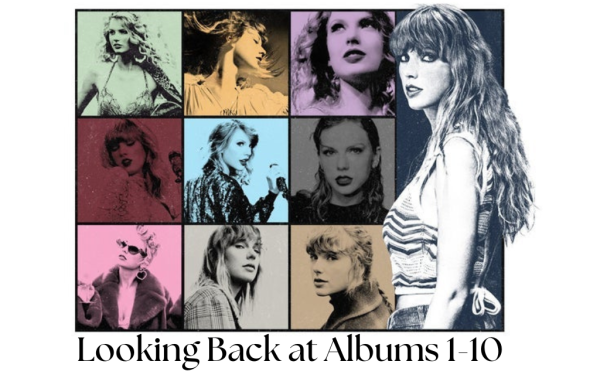Review: “Rich Dad Poor Dad” by Robert Kiyosaki

“Rich Dad Poor Dad” is about Robert Kiyosaki and his two dads—his real father (poor dad) and the father of his best friend (rich dad)—and the ways in which both men shaped his thoughts about money and investing.
His poor dad is a highly educated school teacher who echoes the common advice about money that you tend to hear everywhere but struggles himself to find financial stability. His rich dad is an entrepreneur that gives advice on money and business not commonly given by everyday people and has been very successful in his handling of money. Robert Kiyosaki recently came out with a 20th-anniversary edition that had updates for today’s world as it remains to be a very relevant book.
This book challenges the current mindset towards money and financial success and looks at the world in a new way. It explains why the rich get richer, why the middle class is stuck in the rat race, and why the lower class is not getting ahead.
The book does a great job of explaining this phenomenon, inspiring readers to look at the financial world in a whole new way.
Kiyosaki has sayings such as, “The poor and the middle-class work for money. The rich have money work for them,” and “More money seldom solves someone’s money problems.” Without context and explanation this sounds like nonsense, but as Kiyosaki goes into depth about each of these concepts an “aha” moment occurs where everything just comes together and make sense. It’s like the feeling one might get when you finally grasp a math concept they’ve been struggling to understand. Every chapter in this book has one of those crucial moments.
A major concept he goes into great detail about and continues to come back to throughout the book is cash flow. It is the outline for creating true financial wealth in one’s life. He uses charts with income statements, as well as asset and liability charts, to show the differences of cash flow between the upper, middle, and lower classes. As soon as the differences are understood, it is a true eye-opener and it makes the reader view their own income and spending differently. He explains common misconceptions about what can be considered an asset and what can be considered a liability.
Some people think they’re making an investment in an asset when in reality they’re putting their money into a liability that is losing them money, and that can make all the difference in improving their financial situation.
The way he views the world and contradicts common financial advice is what makes some skeptical of the book. Although, skepticism can lead to people being stuck where they are financially because they do not want to make a change that could possibly fail them.
The foundational concepts of this book remain to be relevant 20 years later, and in this 20th-anniversary edition of the book he adds side notes and edits the examples to show its relevance today. He proves throughout the book that its success was not just a fad, but a new way of thinking about finances for years to come.
Although many people are strong advocates of the book, there are also many that are skeptical. I personally would not say I am skeptical of the book, but I was disappointed by the lack of actionable steps given in the book to achieve the wealth he discussed. But then again, that was not the purpose of the book. The purpose was to create a mindset change within the readers, so that they may take action through further education.
A reader could have all the strategies they need to achieve wealth, but without the right mindset, they will fail miserably, so it is a great introduction for those tired of being stuck where they are financially. The reader can choose to accept or reject the ideas in this book, but my belief is that if they read this book with a closed mind, they will be stuck where they are currently. Their life won’t change unless they make a change in their lifestyle, and this a great place to start making that change.

